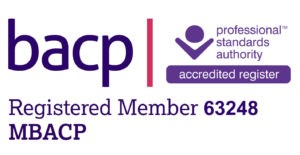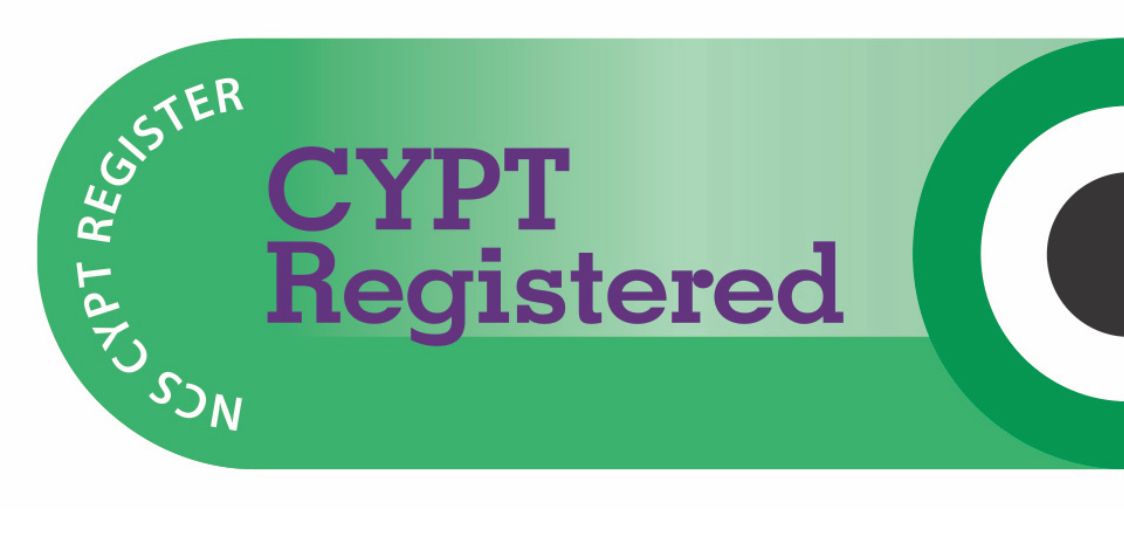Brainspotting in a Nutshell
How Might Brainspotting Help Me
Brain Spotting has been used in Processing Memory or Deeply ingrained Negative Beliefs that you may have tried hard to keep buried but may have kept resurfacing. Brain Spotting can be used for Traumatic One off memories or strings of repeated upset or abuse alternatively it can also be used for deep fears and phobias.
What Happens in a Brainspotting Session and How does it Work?
A ‘Brain Spot’ is accessed after a client has chosen the feeling or event they wish to work on – The therapist helps the client notice the activation of the feeling they have chosen to work on and will then either help guide the clients observations, make their own choice through observation or will collaboratively decide on the Eye Position that correlates with the feeling or memory that gives us access to the Brain Spot
‘Holding the attention on that Brainspot allows processing of the traumatic event to flow until the body activation has cleared’. 1
By going through this process the complete memory is made available for our reasoning brain to process as a past memory – as part of the process the body is is given space and permission to respond in the way it needs to realise the emotional trauma it holds..
Brainspotting
a Mind Body Technique in Trauma Counselling
a more detailed exploration
By Danny Hickling BSC Hons MBACP – UKCP Registered Psychotherapeutic Counsellor
www.CrystalClearCounselling.co.uk
Brainspotting is a psychotherapeutic technique used to access and defuse psychological feelings of discomfort and disturbance.
A ‘Brain Spot’ is accessed after a client has chosen the feeling or event they wish to work on – The therapist helps the client notice the activation of the feeling they have chosen to work on and will then either help guide the clients observations, make their own choice through observation or will collaboratively decide on the Eye Position that correlates with the feeling or memory that gives us access to the Brain Spot
‘Holding the attention on that Brainspot allows processing of the traumatic event to flow until the body activation has cleared’. 1
Traditionally psychotherapy has followed a role of talking to resolve the issue – this type of therapy has become well established and the importance has been recognised over time of the attention given by the therapist to the client extends far beyond the story about what is happening in the clients life to what is happening in the room – interactions, and exchanges between the client and therapist as this can be an indicator as to how the client responds to others in the outside world. This type of therapy is effective in its outcome but it is easy for this type of work to be less focused and take time for good progress to be seen.
Recently other forms of counselling therapies have taken a more technical view where the Psychotherapist uses set techniques such as psycho education – EMDR Eye Movement therapies and cognitive behavioural therapies (CBT) are some examples – these therapies are often shorter in duration and more focused but if not used in a Integrative Counselling Background can loose the relational approach and the closer atunement between therapist and client that accompanies successful relational therapy.
Brain Spotting combines elements of both of these groups of therapies – it is based on sound information gleaned through neurosceintific discoveries but is also heavily reliant on the attunement of therapist and client and the focus of the client on their thoughts feelings and bodily sensations.
Trauma and the Mind Body response
When we are in a traumatic situation our Brain prepares the body to deal with the situation in the way that mankind has evolutionary learnt to survive such situations best:
fight flight or freeze!!
These three responses kept us free of danger throughout History and our brains are still hard wired to deal with pressured situations in the same way, even if the danger is no longer from the risk of the presence of a predator which are bodies have been programmed to respond to..
Our brain affects the changes of fight flight and freeze in our bodies by releasing large amounts of hormone into our blood stream such as cortisol and adrenaline – these prepare the body for the action required to fight or flee – often we can’t respond in this biological response of fighting or fleeing aside from the social moral and legal restraints of not fighting none of theses options might be within our control – it might be a argument between our parents when we were young or being bullied where we were unable to fight back or a car accident from which we couldn’t escape or flee.
Whilst the hormones our body produces when stressed were there evolutionally to protect us they unfortunately have reprucutions on how we feel or behave after the event as they hinder parts of the brain which process our memories.
The hippocampus in the brain is the main component that deals with memory – whenever memory is consolidated, which is believed to occur in R.E.M. Sleep, the hippocampus effectively date stamps the memory, so that in the process of sleep and the eye movements associated with it the memories can be filed away as a past event..
When we are highly distressed or feeling traumatised, cortisol released by the brain interferes with this memory filing process, meaning that after a traumatic or distressing event, free-floating fragments of memories, can be triggered by stimuli that were present when the original fragment or time capture was laid down, leaving us feeling like we are reliving the event all over again – in the case of post traumatic stress these potent memories are often termed ‘flash backs’. David Grant calls these fragments of memory ‘time captures’,
How Brainspotting Works
Brain spotting works on the premise that where we look effects the way we feel.
“The motto of Brain spotting is, “Where you look affects how you feel.” If something is bothering you, how you feel about it will literally change depending on whether you look off to your right or to your left. Our eyes and brains are intricately woven together, and vision is the primary way that we, as humans, orient ourselves to our environment”. 2
Just as we scan the outside world with our eyes we can also use the eyes to access memories feelings and stored up and unreleased body trauma, by using Brain spotting techniques we allow the body to respond or unfold to the memory.
Sometimes, as therapists, we may use bilateral sound in sessions
(a sound that that phases from one ear to the other)
We do this for two reasons.
The first more obvious reason being to put you, the client, at ease and help calm the nervous system by allowing the body and mind to reassess memory at a manageable rate and in a regulated much calmer environment.
The second but more important element of using bilateral stimulation within some sessions is we believe this his stimulates both halves of the brain while you are reassessing the memory of the event or feeling.
Its believed that this stimulate from senses to both sides of our body allows deep implicit memory and information within our subcortical brain that has been hidden from our consciousness to be then shared with the frontal lobes area of the Brain.
This area is the Thinking Reasoning part, in this region of the Brain lies the Broca’s area – a part of the Brain which is a vital component for creation of verbal language to communicate our thoughts and feelings – through this internal transfer of data we can use this new information and make sense of it and if we choose begin to talk about it and in doing so at last process the memory fully.
It has been recognised for some decades that there is a link between the processing of memory and sleep and in particular the REM stage of sleep and the eye movements that take place in this stage is believed to be part of the memory processing and the replication of these movements in EMDR and the importance of eye positioning in Brain Spotting is a vital last part in the jig saw in explaining why BrainSpotting is effective.
References
1 Brainspotting: recruiting the midbrain for accessing and healing sensorimotor memories of traumatic activation.
Corrigan F, Grand D. 2013
Accessable at https://www.ncbi.nlm.nih.gov/pubmed/23570648
2 Brainspotting: The Revolutionary New Therapy for Rapid and Effective Change
By Grand,D. (2013) Sounds True, Boulder, Colorado.
What is Brain Spotting
Brain spotting is a psychotherapeutic technique used to access and defuse psychological feelings of discomfort and disturbance.


